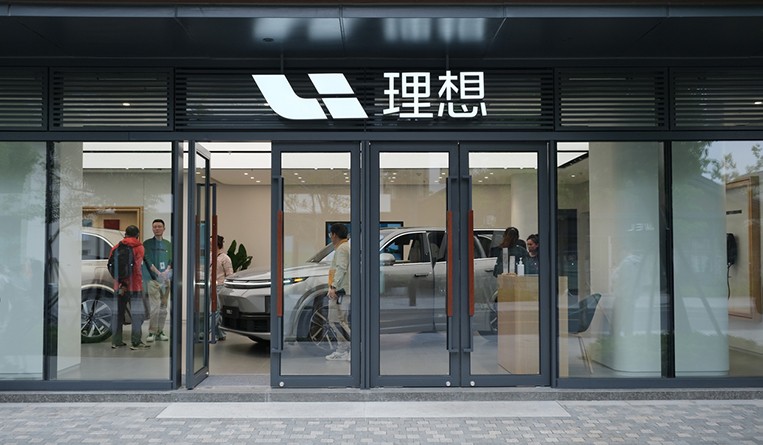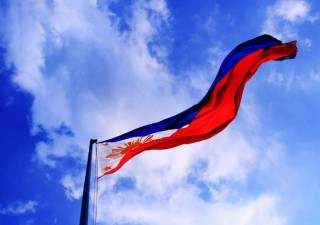The China National Intellectual Property Administration (CNIPA) issued new rules on suspending the review and adjudication of trademark applications in June 2023. While the new rules are only included in its internal work manual to be followed by examiners, CNIPA also released a public notice setting out its interpretation for situations where a suspension will or may be granted.
In China, it is common for brand owners to re-file identical backup applications for their trademarks to deal with prior mark citations. Justin Davidson, partner at Norton Rose Fulbright in Hong Kong, explained that when prior marks similar to an applied-for mark exist on the trademark register, the CNIPA will cite these similar marks by way of a refusal.
He continued: “The trademark applicant is entitled to file an appeal against the refusal with the CNIPA, and there would also be a chance to submit further arguments and evidence within three months from the date of filing the appeal. If the CNIPA issues an unfavourable appeal decision, the applicant has a further appeal to the Chinese courts.”
In addition, Davidson said it is common for applicants to take parallel separate actions – such as non-use cancellation, opposition or invalidation proceedings – against the cited marks simultaneously to remove them from the register and to improve the success rate.
The examination period for parallel proceedings is generally longer than the time required to process an appeal, he added. Therefore, it is likely that the CNIPA may issue an unfavourable appeal decision while the proceeding is still pending. In this case, the applicant would have no choice but to file a further appeal to the Chinese courts or repeatedly re-file an identical application for the same mark, which is the common practice adopted by brand owners.
“This undoubtedly increases the costs for prosecuting the mark and generates uncertainty,” he said. “For example, the CNIPA may raise new cited marks on the re-filing which were not raised in the original application.”
According to Davidson, the newly introduced rules mean that the CNIPA is prepared to grant a suspension if there are ongoing proceedings against the cited mark.
“Thus, if a suspension is requested and granted, there should then be sufficient time for the cited mark to be cleared before an appeal decision is made,” he said. “This is a welcome development because it should save costs as well as preserve the priority status of an application, without the need to devise convoluted filing strategies to keep an application alive and pending.”
Davidson advised that if the applicant has taken separate actions against the cited mark, they should clearly indicate their suspension request in their appeal documents, including details of the cited mark, the proceedings involved, and the connection with the appeal. Also, the applicant should state in writing that they have taken steps to remove the cited mark.
However, Davidson also noted that examiners still ultimately retain their own discretion as to whether to grant a suspension. Thus, it may still be prudent to file a backup application where necessary if the applied-for mark is of great value and/or budget permits – “at least until it becomes established practice amongst all examiners to grant suspensions in the situations set out in the notice.”
- Ivy Choi








